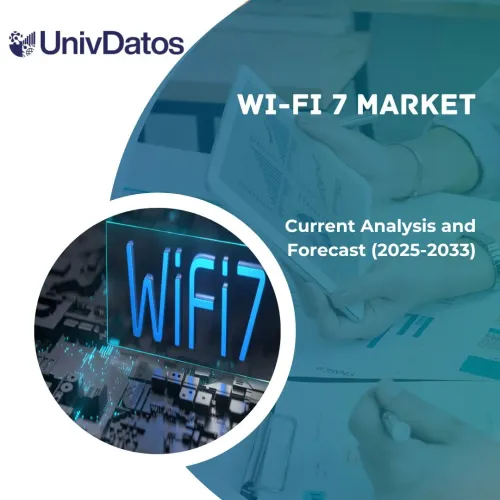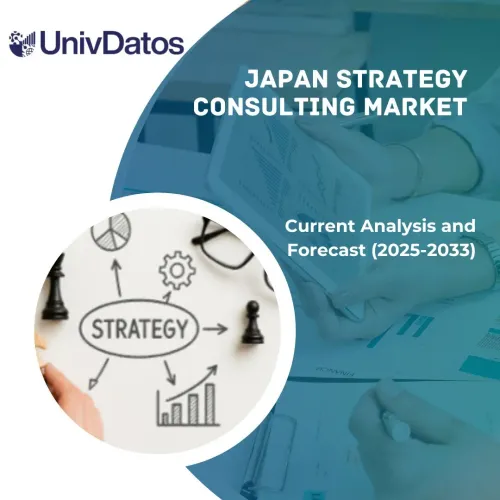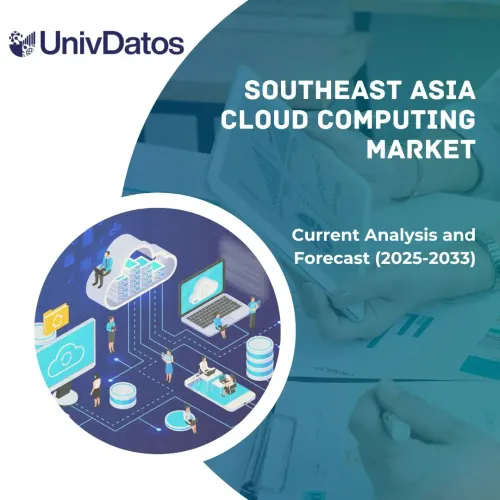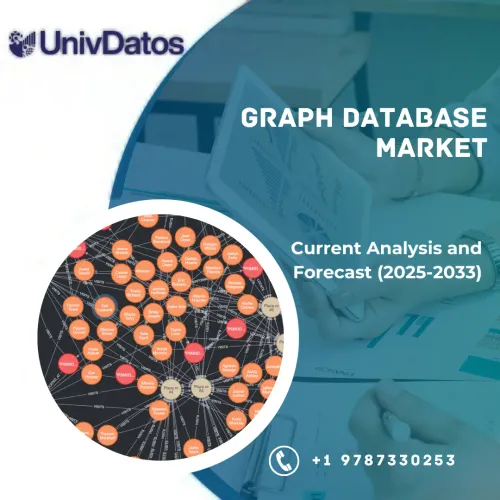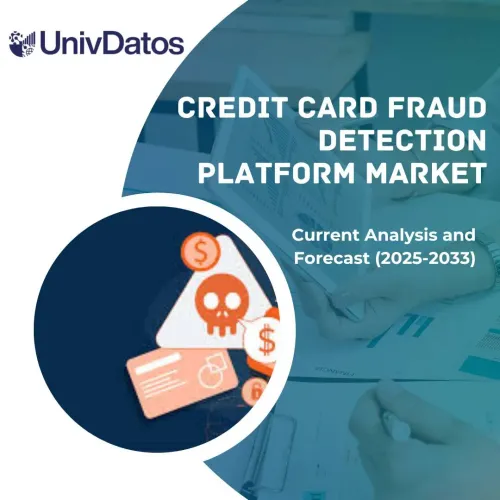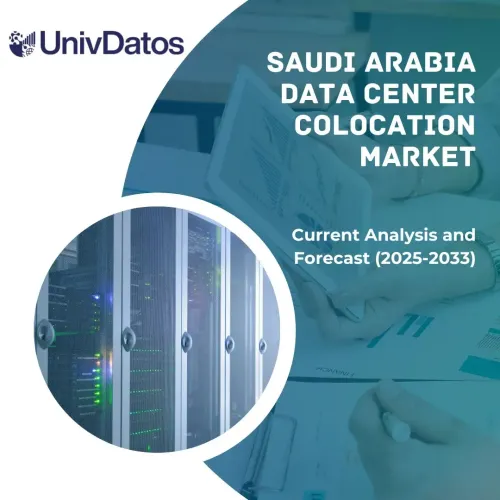- Home
- About Us
- Industry
- Services
- Reading
- Contact Us
MENA Edge Computing Market: Current Analysis and Forecast (2023-2030)
Emphasis on Component (Hardware, Software, and Services); End Users (Manufacturing, Energy & Utilities, BFSI, Transportation and Logistics, IT & Telecommunication, Healthcare & Life science, and Others); and Application (Smart Cities, Industrial IoT, Remote Monitoring, Content Delivery, Augmented Reality (AR) & Virtual Reality (VR), and Others); Country

The MENA Edge Computing Market is expected to grow at a strong CAGR of 18.3% during the forecast period. Few of the major factors contributing towards the market growth are: the rising demand for low-latency processing and real-time data analytics, the increasing use of IoT devices and sensors, the need to reduce network bandwidth usage and cloud computing costs, the rollout of 5G networks which enable edge computing use cases, and the growing adoption of edge computing solutions across various industries such as manufacturing, energy, transportation, and retail in the MENA region.
Some of the major players operating in the market include ADLINK Technology Inc, Amazon Web Services, Cisco system, Dell Technologies, EdgeConnex Inc., Google, Hewlett Packard Enterprise Development LP (HPE), IBM Corporation, Microsoft Corporation, and SAP. Several M&As along with partnerships have been undertaken by these players to facilitate customers with hi-tech and innovative products/technologies.
Insights Presented in the Report
“Amongst component, the hardware category to hold a dominant share of the market in 2022”
The hardware segment led the market in 2022 with the highest market share. This is attributed to the growing demand for edge servers, sensors, routers, gateways, and other associated infrastructure to enable localized computing and storage capabilities across industries. The rollout of 5G networks is also driving deployment of edge-capable equipment. Further enhancements in hardware capabilities for AI/ML workloads, network virtualization, and integration with legacy infrastructure will continue to drive hardware adoption.
“Amongst end user, the IT & Telecommunication category to hold a dominant share of the market in 2022”
The IT & Telecommunication segment led the market with highest market share in 2022 due to the need for lower latency and real-time data processing in 5G networks, increasing use of IoT devices, and rising demand for enhanced network capabilities from telecom companies in the MENA region. For example, companies like Etisalat in the UAE have adopted edge computing solutions to enable innovative 5G and IoT applications like smart transportation, AR/VR, and autonomous vehicles that require real-time data processing at the edge to function effectively. The rollout of 5G networks across MENA has been a major driver of edge computing adoption by telecom operators to improve performance.
MENA Edge Computing Market Report Coverage
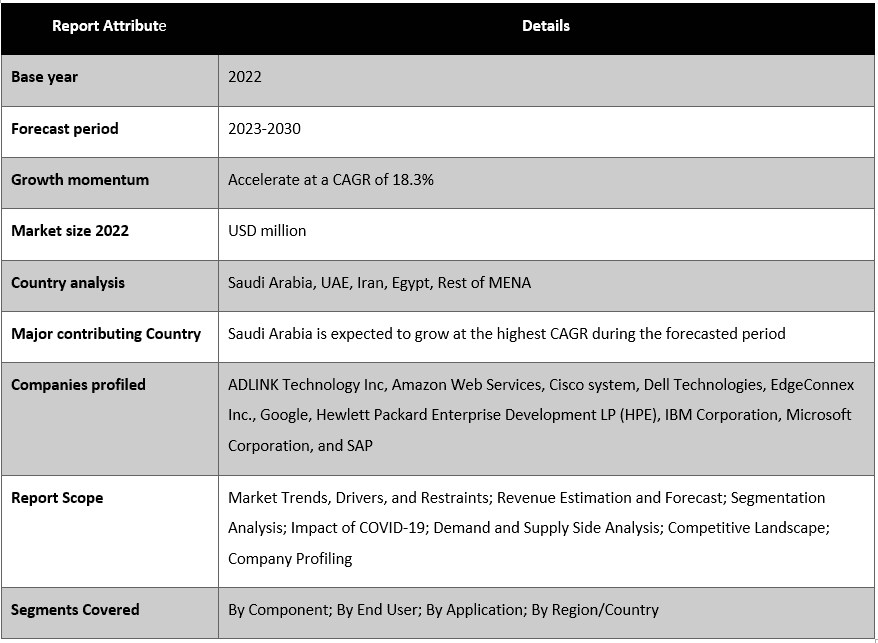
“Saudi Arabia to grow with high CAGR during the forecast period.”
Saudi Arabia is anticipated to grow with the highest CAGR during the forecast period due to favorable government initiatives to achieve digitization goals under Saudi Vision 2030 which is driving investment in advanced technologies like edge computing, as well as the rapid development of smart city infrastructure in major cities like Riyadh and Neom.
Reasons to buy this report:
- The study includes market sizing and forecasting analysis validated by authenticated key industry experts.
- The report presents a quick review of overall industry performance at one glance.
- The report covers an in-depth analysis of prominent industry peers with a primary focus on key business financials, product portfolios, expansion strategies, and recent developments.
- Detailed examination of drivers, restraints, key trends, and opportunities prevailing in the industry.
- The study comprehensively covers the market across different segments.
- Deep dive regional level analysis of the industry.
Customization Options:
The MENA Edge Computing market can further be customized as per the requirement or any other market segment. Besides this, UMI understands that you may have your own business needs, hence feel free to connect with us to get a report that completely suits your requirements.
Table of Content
Research Methodology for the MENA Edge Computing Market Analysis (2023-2030)
Analyzing the historical market, estimating the current market, and forecasting the future market of the MENA Edge Computing market were the three major steps undertaken to create and analyze the adoption of MENA Edge Computing in major countries. Exhaustive secondary research was conducted to collect the historical market numbers and estimate the current market size. Secondly, to validate these insights, numerous findings and assumptions were taken into consideration. Moreover, exhaustive primary interviews were also conducted, with industry experts across the value chain of the MENA Edge Computing market. Post assumption and validation of market numbers through primary interviews, we employed a top-down/bottom-up approach to forecasting the complete market size. Thereafter, market breakdown and data triangulation methods were adopted to estimate and analyze the market size of segments and sub-segments of the industry pertains to. Detailed methodology is explained below:
Analysis of Historical Market Size
Step 1: In-Depth Study of Secondary Sources:
Detail secondary study was conducted to obtain the historical market size of the MENA Edge Computing market through company internal sources such as annual reports & financial statements, performance presentations, press releases, etc., and external sources including journals, news & articles, government publications, competitor publications, sector reports, third-party database, and other credible publications.
Step 2: Market Segmentation:
After obtaining the historical market size of the MENA Edge Computing market, we conducted a detailed secondary analysis to gather historical market insights and share for different segments & sub-segments for major regions. Major segments are included in the report as component, end-user, and application. Further country-level analyses were conducted to evaluate the overall adoption of testing models in that region.
Step 3: Factor Analysis:
After acquiring the historical market size of different segments and sub-segments, we conducted a detailed factor analysis to estimate the current market size of the MENA Edge Computing market. Further, we conducted factor analysis using dependent and independent variables such as component, end-user, and application of the MENA Edge Computing market. A thorough analysis was conducted for demand and supply-side scenarios considering top partnerships, mergers and acquisitions, business expansion, and product launches in the MENA Edge Computing market sector across the globe.
Current Market Size Estimate & Forecast
Current Market Sizing: Based on actionable insights from the above 3 steps, we arrived at the current market size, key players in the MENA Edge Computing market, and market shares of the segments. All the required percentage shares split, and market breakdowns were determined using the above-mentioned secondary approach and were verified through primary interviews.
Estimation & Forecasting: For market estimation and forecast, weights were assigned to different factors including drivers & trends, restraints, and opportunities available for the stakeholders. After analyzing these factors, relevant forecasting techniques i.e., the top-down/bottom-up approach were applied to arrive at the market forecast for 2030 for different segments and sub-segments across the major markets. The research methodology adopted to estimate the market size encompasses:
- The industry’s market size, in terms of revenue (USD) and the adoption rate of the MENA Edge Computing market across the major markets domestically
- All percentage shares, splits, and breakdowns of market segments and sub-segments
- Key players in the MENA Edge Computing market in terms of products offered. Also, the growth strategies adopted by these players to compete in the fast-growing market
Market Size and Share Validation
Primary Research: In-depth interviews were conducted with the Key Opinion Leaders (KOLs) including Top Level Executives (CXO/VPs, Sales Head, Marketing Head, Operational Head, Regional Head, Country Head, etc.) across major regions. Primary research findings were then summarized, and statistical analysis was performed to prove the stated hypothesis. Inputs from primary research were consolidated with secondary findings, hence turning information into actionable insights.
Key Stakeholders of Edge Computing Market in the MENA Region
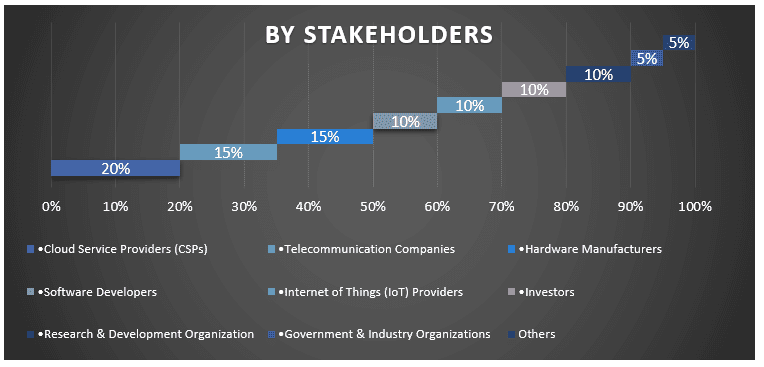
Market Engineering
The data triangulation technique was employed to complete the overall market estimation and to arrive at precise statistical numbers for each segment and sub-segment of the MENA Edge Computing market. The data was split into several segments & sub-segments post studying various parameters and trends in the areas of the component, end-user, and application of the MENA Edge Computing market.
The main objective of the MENA Edge Computing Market Study
The current & future market trends of the MENA Edge Computing market were pinpointed in the study. Investors can gain strategic insights to base their discretion for investments on the qualitative and quantitative analysis performed in the study. Current and future market trends determined the overall attractiveness of the market at a regional and country level, providing a platform for the industrial participant to exploit the untapped market to benefit from a first-mover advantage. Other quantitative goals of the studies include:
- Analyze the current and forecast market size of the MENA Edge Computing market in terms of value (USD). Also, analyze the current and forecast market size of different segments and sub-segments
- Segments in the study include areas of the component, end-user, and application
- Define and analysis of the regulatory framework for the MENA Edge Computing industry
- Analyze the value chain involved with the presence of various intermediaries, along with analyzing customer and competitor behaviors of the industry
- Analyze the current and forecast market size of the MENA Edge Computing market for the major region
- Major countries of regions studied in the report include Saudi Arabia, UAE, Egypt, Iran, and the Rest of MENA
- Company profiles of the MENA Edge Computing market and the growth strategies adopted by the market players to sustain in the fast-growing market
- Deep dive regional level analysis of the industry
Frequently Asked Questions FAQs
Q1: What is the current market size and growth potential of the MENA edge computing market?
Q2: What are the driving factors for the growth of the MENA edge computing market?
Q3: Which segment has the largest share of the MENA edge computing market by component?
Q4: Which country will dominate the MENA edge computing Market?
Q5: Who are the key players operating in the MENA edge computing Market?
Related Reports
Customers who bought this item also bought

